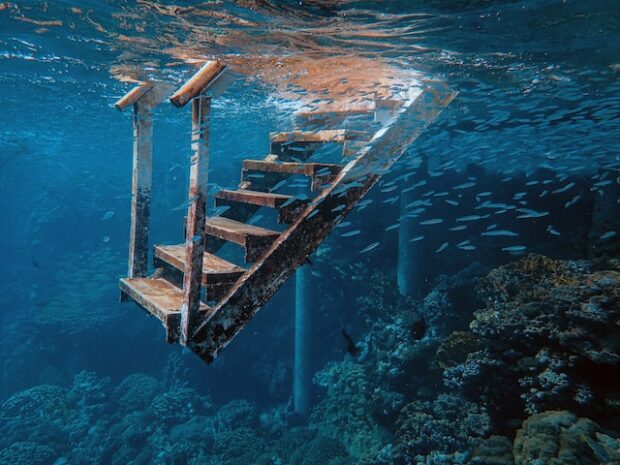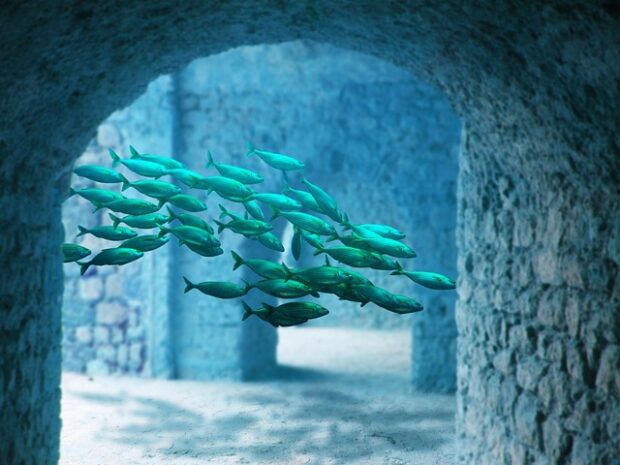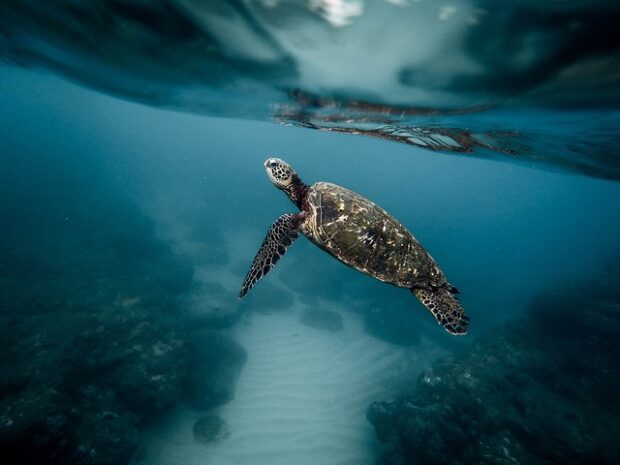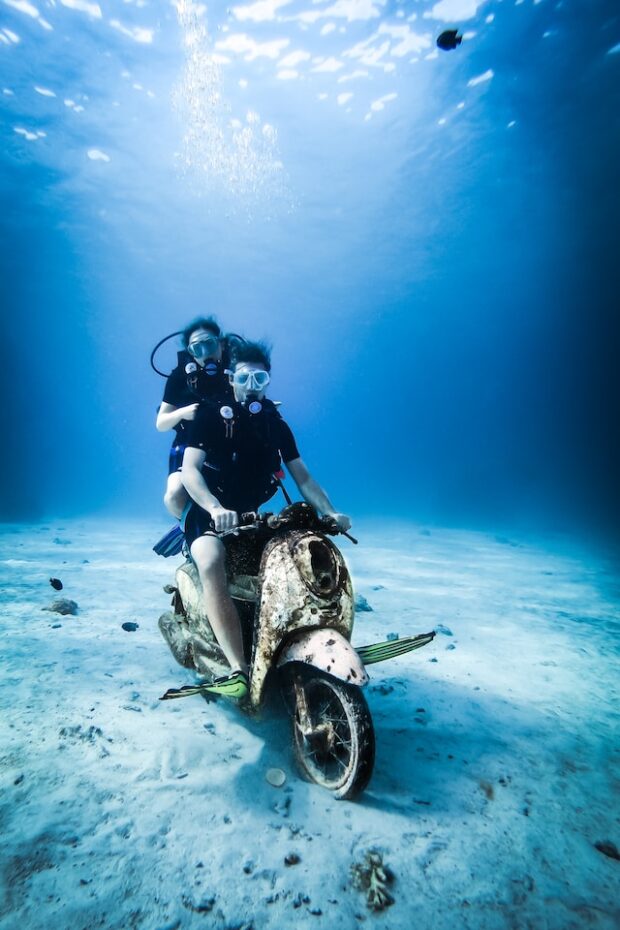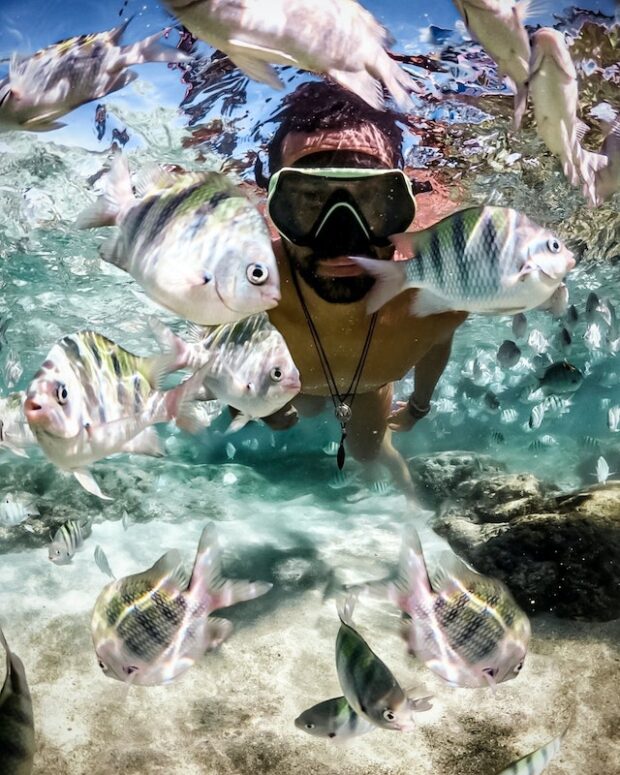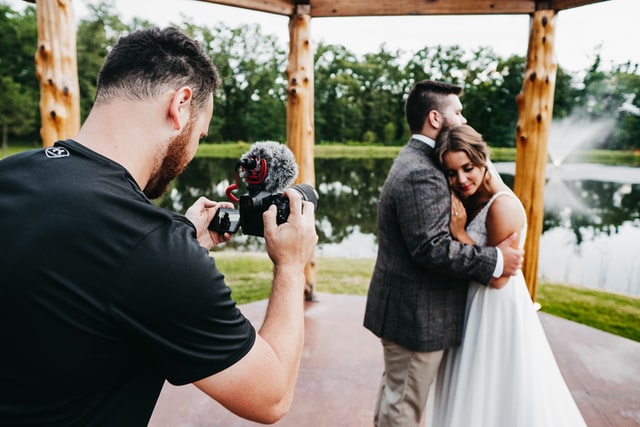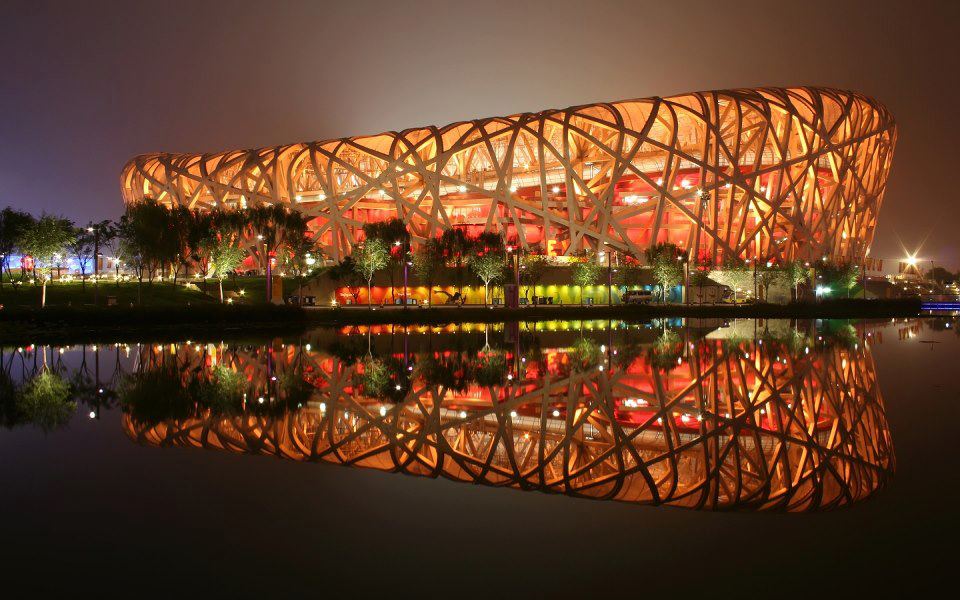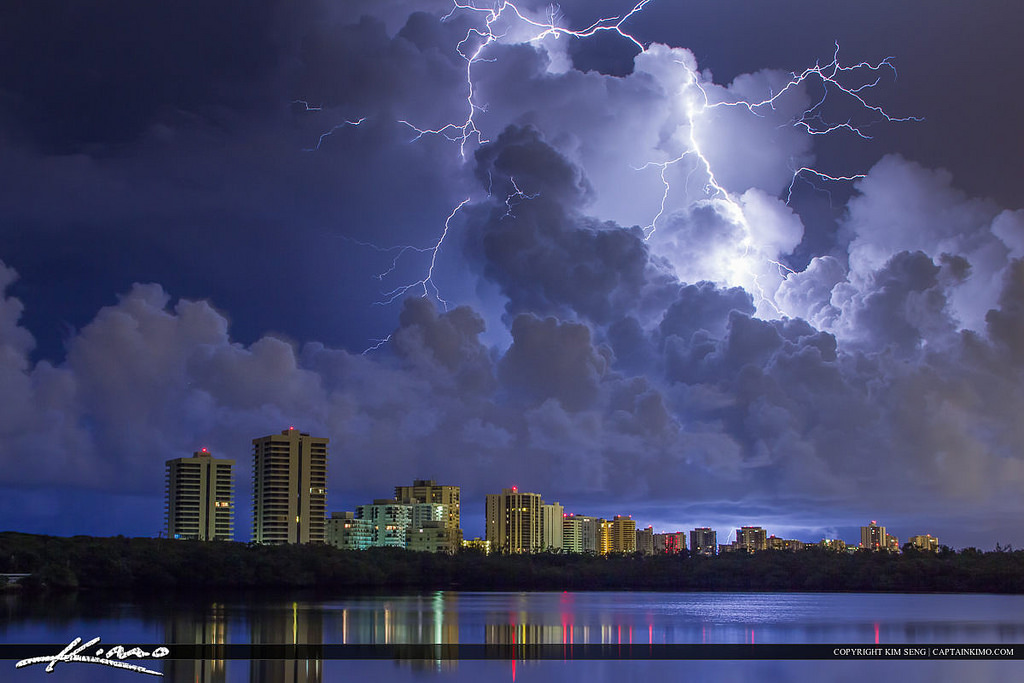Beneath the surface of our planet’s vast oceans lies a world teeming with life and wonder, waiting to be captured through the lens of your camera. Underwater photography offers a unique opportunity to explore this mesmerizing realm and share its beauty with others.
To help you embark on your underwater photography journey, here are the essential guidelines to master this captivating art form.
Master Your Equipment
At the heart of underwater photography lies your camera. To capture the intricate details and vibrant colors of the underwater world, it’s essential to choose the right gear. Opt for a DSLR or a mirrorless camera with manual settings, as they provide full control over your shots. These camera types allow you to adjust settings like aperture, shutter speed, and ISO manually. This level of control is crucial when you’re faced with the ever-changing lighting conditions and fast-moving subjects underwater.
Additionally, invest in a reliable underwater housing designed for your camera model to ensure it remains protected from the aquatic environment.
Lighting is Key
One of the significant challenges in underwater photography is the limited availability of natural light as you descend into the depths. To illuminate your subjects effectively and capture their true beauty, invest in powerful underwater strobes or external lights.
These underwater lighting tools not only provide the necessary brightness but also allow you to control the direction and quality of light. Properly positioned lights can reveal the vibrant colors of coral reefs, the intricate textures of marine life, and the subtle details of underwater landscapes. Experiment with different lighting angles to achieve captivating effects in your shots.
Camera Setup
Once you’re in the water, it’s time to set up your camera for optimal results. Switch to manual mode to have full control over your exposure settings. Adjust your aperture to control the depth of field. In underwater photography, a narrower aperture (higher f-number) is often preferred to ensure that both your subject and the background are in sharp focus.
Shutter speed plays a crucial role in controlling motion blur. To freeze the fast movements of marine life or capture the graceful sway of underwater plants, adjust your shutter speed accordingly. A faster shutter speed will help freeze motion, while a slower speed can introduce a sense of fluidity.
Additionally, maintaining a lower ISO setting is advisable to minimize noise in your underwater shots, as higher ISO settings can introduce unwanted graininess. Striking the right balance between these settings will vary depending on your specific underwater conditions and creative goals.
White Balance
Underwater environments tend to introduce a color cast to your photos due to the way water absorbs and scatters light. To ensure your images reflect accurate colors, you need to address this issue. You can do this by using custom white balance settings on your camera or by adjusting the white balance during post-processing.
Custom white balance settings involve taking a reference photo underwater, typically of a neutral subject like a gray card or slate. The camera then uses this reference to correct the color cast in subsequent shots. Achieving accurate colors is crucial in underwater photography, as it helps convey the true beauty and diversity of the marine world.
Proper white balance ensures that the vibrant hues of coral, fish, and other underwater subjects are faithfully represented in your images. While you embark on your underwater photography journey, you may find it helpful to explore free stock photos for inspiration or to use in your projects. These resources offer a wealth of underwater imagery that can stimulate your creativity and help you learn from the work of others.
Composition Matters
While technical proficiency is essential in underwater photography, don’t underestimate the power of composition. Apply well-established composition principles like the rule of thirds, leading lines, and framing to create visually pleasing images. The rule of thirds involves dividing your frame into a 3×3 grid and placing your subject or key elements along these lines or at their intersections. This creates a balanced and visually engaging composition. Consider how the natural patterns and movements of marine life can fit into this grid to create striking compositions.
Leading lines can guide the viewer’s eye through your photograph, adding depth and dimension to your underwater scenes. Use the sinuous shapes of coral formations, the graceful curves of fish, or the winding trails of underwater plants to create compelling leading lines. Underwater photography is a captivating journey into the hidden depths of our planet.
With practice and a keen eye for detail, you can capture the enchanting beauty of the underwater world and share it with others, inspiring a deeper appreciation for the oceans and their inhabitants.

